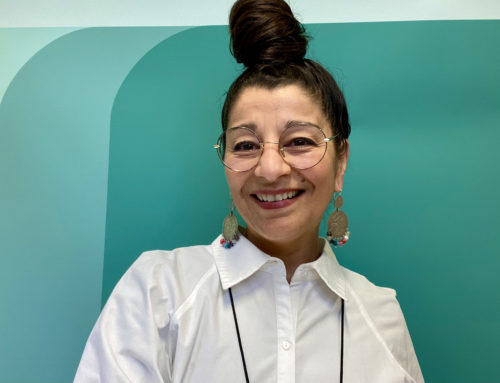In November this year, I was invited to present my pain experience to a group of 40 GP’s.
The topic was: An Approach to Chronic Non-Cancer Pain and the workshop was facilitated by Dr Paul Grinzi for Murray City Country Coast GP Training.
Where does one start when asked to present to 40 pain interested GP’s in 20 minutes?
There’s a great emoji to illustrate the look on my face when I ponder this question. You can well imagine.
As an ‘expert’ in my ‘field’ 20 minutes to describe 13 years of living with chronic pain of which 4.5 years were spent lost in a forest is still a tough gig. However, this was a presentation to medical professionals. And they know everything, right?
Not right.
I have great respect for GP’s – I’m in awe of their ability to remember so much information… and to keep learning! What I see as the most necessary aspects in relation to chronic pain is their need to be able to recognise chronic pain and the ability to direct patients through the traffic and onto the right path.
Easier said than done – we all experience pain so differently.
I’ve learned GP’s know a little about everything and not everything about everything. It is impossible and terrible unnecessary pressure inherited on these dear people that they must know everything about everything. It’s why specialists exist – no one person can know all there is about every health problem.
So I had the privilege of being involved in hope of helping GP’s understand chronic pain and providing ideas on how patients can be helped and directed through ‘pain’ traffic.
I sent everyone access to my PainTrain health summary. I felt for each GP to grasp my experience and the mess I had to navigate (which is probably very similar to the mess you have to navigate) it was a good idea if they could get a glimpse of my pain management.
Obviously, when I visit my GP who is familiar with my history I use PainTrain differently (most times I don’t need it). My health summary is for my GP to see what I’ve done outside of our appointments: ie physiotherapy, massage, reprogramming for my stim, etc. I would also make notes about important information that I didn’t want to forget talking about during the appointment.
My use of PainTrain provides a way for the healthcare professional to connect more easily, for them to know me without me having to manage the very difficult task of remembering everything. If professionals in your pain team don’t know you, they won’t be able to help. Most importantly, you as the patient won’t feel comfortable and that feeling along with inability to trust is key for effective pain management.
The video is of me presenting via zoom (and only that bit!).
What a lovely thing to eventuate from an awful pandemic scenario! Telehealth and online communication!
I’ve decided to make this a paid resource. All proceeds go towards funding this website and PainTrain – My Health Summary.
What do I talk about in this video?
- O:43 My story
- 2:50 Investigating pain, research & treatment
- 4:26 Diagnosis
- 5:55 Advocacy
- 7:45 The experience of pain
- 8:27 Medication
- 9:35 Characteristics of Pain
- 10:55 Planning life with chronic pain
- 12:09 Pain management
- 13:50 PainTrain










Amazing Soula! xx